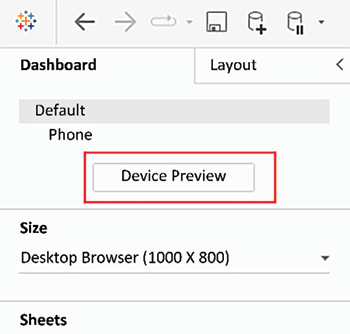Reviewing the Basics
Tableau is one of the leading tools used to solve business intelligence (BI) and analytics challenges. With this book, you will master Tableau’s features and offerings in various paradigms of the BI domain. As an update to the successful Mastering Tableau series, this book covers the essential Tableau concepts, data preparation, and calculations with Tableau, all the way up to machine learning use cases.
This edition comes with new datasets, more examples of how to improve dashboard performance, and the most up-to-date know-how on data visualization, Tableau Server, and Tableau Prep Builder.
This new edition will also explore Tableau’s connections with Python and R, Tableau extensions, joins, and unions, and last but not least, three new use cases of powerful self-service analytics, time-series analytics, and geo-spatial analytics in order to implement the learned content. By the end of this book, you’ll have mastered the advanced...


